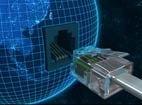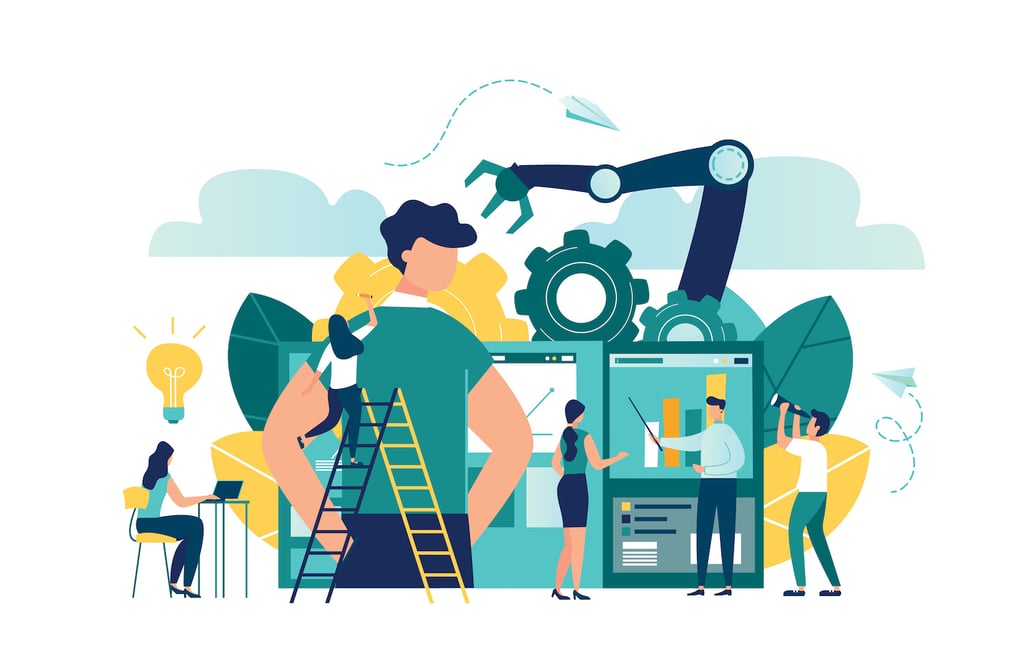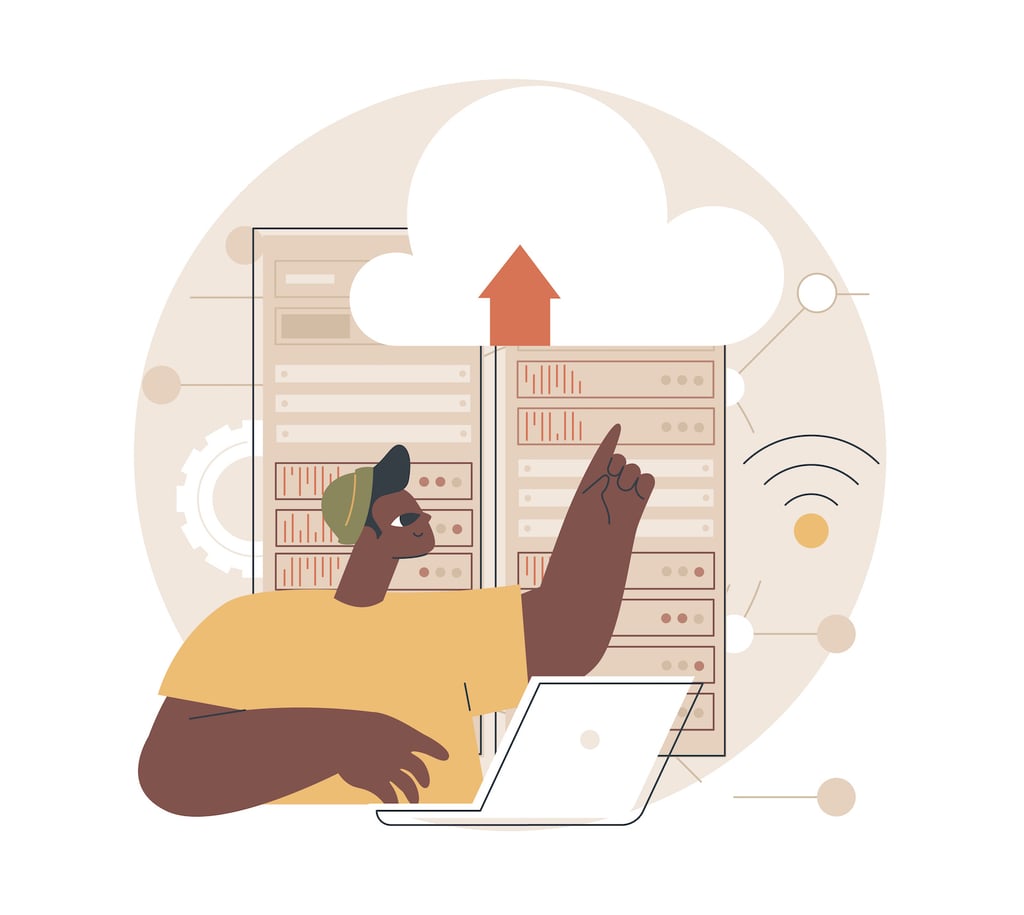
How the Internet of Things Will Change Our Lives

To this point, much of the coverage of the Internet of Things (IoT) has been dreamy and idealistic: Connecting everything via wireless and the Internet will automate so much of what is done manually today that lives will be transformed and society will be changed, much for the better.
That still may happen, but Computerworld’s Mike Elgan suggests that the Internet of Things has significant obstacles to overcome. Despite the fact that the story is the second of two that runs under the headline “Why the Internet of Things May Never Happen,” he admits that it will. But, he writes, it will be a version that is far more fragmented, limited and insecure than the bright predictions call for today.
The bottom line is that the IoT that Elgan predicts is a scary place.
Elgan suggests two main reasons that the IoT is more a deadend than a road to the future: The war over the control of standards will erect walls where they don’t have to exist and the IoT is inherently insecure.
The Economist earlier this month posted a story about IoT standards. The bulk of the piece was about the AllSeen Alliance, a consortium trying to set standards for the IoT. It sums up the overriding challenge:
The real problem may turn out to be not a lack of standards, but too many—and disagreement over which initiative to pursue. The AllSeen Alliance is just one of many groups working on solutions. AT&T, Cisco, GE, IBM and Intel have helped form another group called the Industrial Internet Consortium to “define common architectures” for smart objects. Other organisations include the IPSO Alliance, which is promoting the use of the Internet Protocol, which eventually standardised the way that data could flow across different types of network; the Open Interconnect Consortium (Broadcom, Dell, Samsung and others); and the Institute of Electrical and Electronics Engineers, which is working—perhaps ambitiously—to build consensus on standards.
The bottom line is that the group that ends up setting the standard will have at least an initial advantage for two reasons: It will have a better understanding of the intricacies of that standard and, since the organizations in the consortium developed it, it naturally will fit nicely with what they offered.
Without the standards, the IoT won’t reach even a small fraction of its potential. Thus, the idealistic dream that many hold for the IoT really is hostage to what undoubtedly will be intense marketplace competition.
Security also is a major obstacle. The problem seems even more daunting than standards, and one that already is having an impact: The Shellshock bug, which has been making news for the past week, is a threat to IoT-connected devices.

Engadget’s report on Shellshock seeks to be as simple as possible. In short, Shellshock attacks a popular shell, a computing device’s user interface, called Bash. The bug can be used to insert unwanted code, which can get the device do many unwanted things, in the Bash shell.
The IoT is at risk:
The internet of things complicates the situation because there are many more devices that should be updated, and for some, the manufacturers may not even issue patches. However, most of the devices are configured to function in a secure manner, behind a firewall. Regardless, if you suspect your “things” use a version of Linux (and there’s a really good chance they do), we recommend you check for updates and even inquire about them from the manufacturer.
Even if Shellshock itself is dealt with, the idea is that the very promise of the IoT – billions of really inexpensive computing devices mixed deeply into systems, devices and networks – suggests that the crackers will have plenty to work with in the future.
Questions about whether the IoT will be built in the manner that people predict today are not uncommon. The IoT is a great dream. Some dreams indeed come true. Some don’t. One of the great dramas of the next decade or so will be which side of the line the Internet of Things falls on.
Carl Weinschenk covers telecom for IT Business Edge. He writes about wireless technology, disaster recovery/business continuity, cellular services, the Internet of Things, machine-to-machine communications and other emerging technologies and platforms. He also covers net neutrality and related regulatory issues. Weinschenk has written about the phone companies, cable operators and related companies for decades and is senior editor of Broadband Technology Report. He can be reached at cweinsch@optonline.net and via twitter at @DailyMusicBrk.












